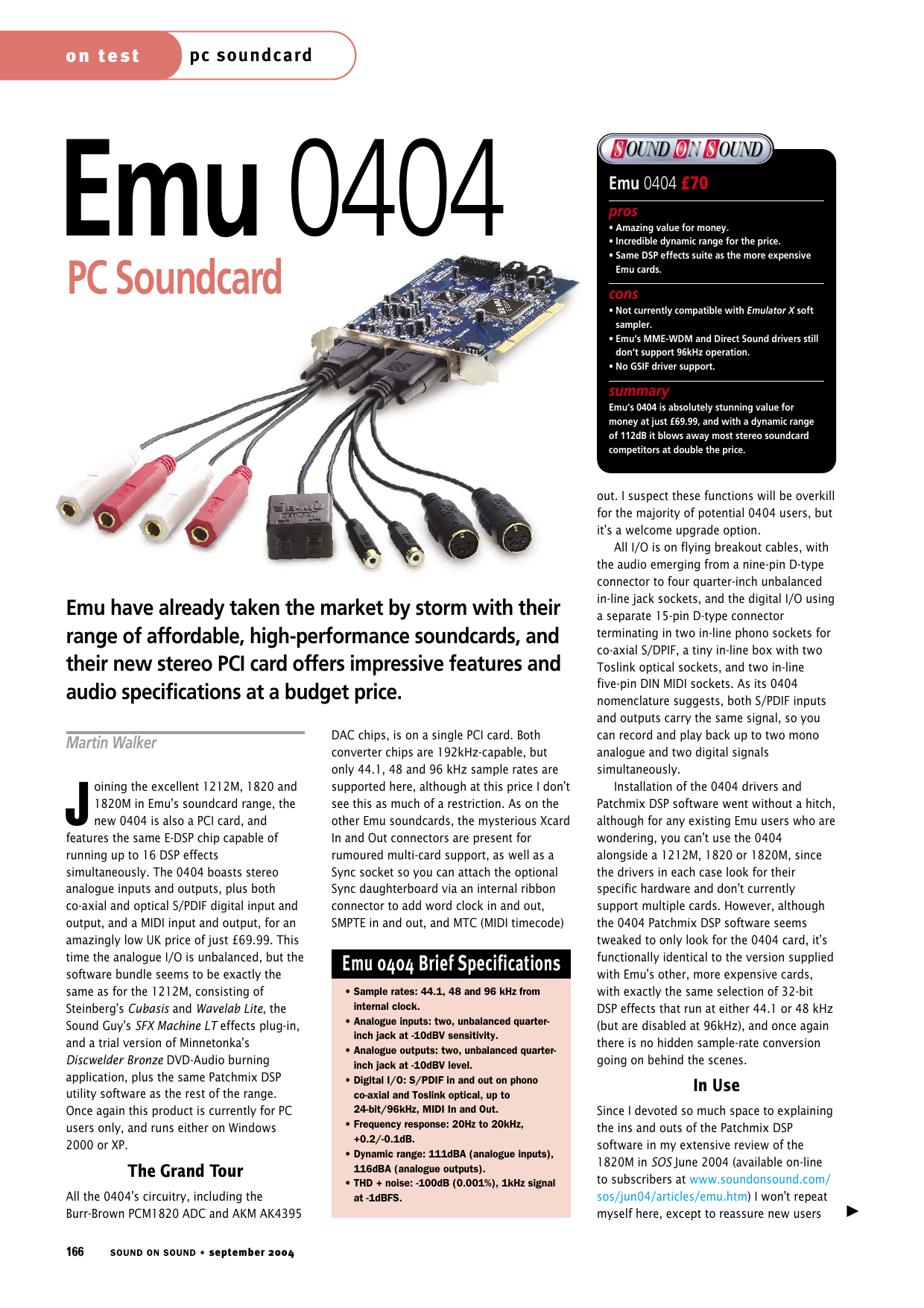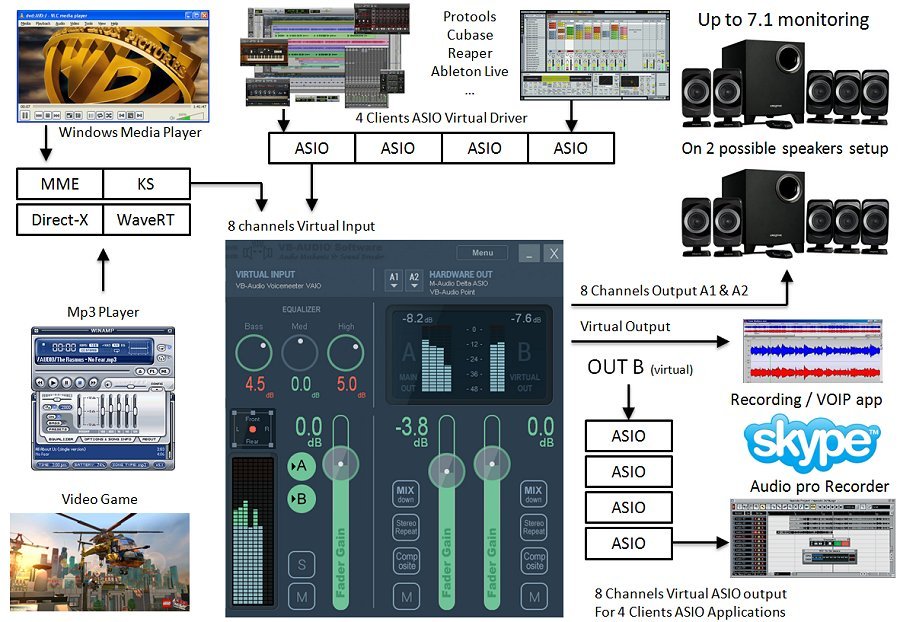


MME SOUND DRIVER DRIVER

A device can implement a playback data path, a recording data path, or both.

When using a sample rate of 48 kHz this problem does not occur, and the 'EMU10k1 44.1 kHz Sync Correction' setting has no effect. This compensation can be turned on by checking the EMU10k1 44.1 kHz Sync Correction box. MultitrackStudio features a unique compensation for this effect. The new sample rate is equal to original sample rate multiplied by the playing time of the original track and divided by that of the recorded track.Ĭreative Labs SoundBlaster Live! sound devices (and its cheaper brothers like 128, 512, 1024, Ensoniq AudioPCI) use a slightly higher sample rate for recording than for playback at a sample rate of 44.1 kHz. Use the track's editor to determine the timing difference between those two tracks (at the end of the track). To determine the required sample rate you should record a playing track. If necessary you can use the Sample Rate Converter to correct the sample rate of every recorded track. This can be quite a problem, as recorded tracks will slowly go out-of-sync during playback. If they're not their sample rates probably aren't equal. It's a good idea to use Audio In and Out devices that are on the same sound device.
MME SOUND DRIVER WINDOWS
The 'Default' option uses the default Windows MIDI output device. In the MIDI Out Devices section you can select the device that is used for MIDI playback. In the MIDI In Devices section you can select the device that is used for MIDI recording. It's recommended to enable this only if the sound device actually supports it, if it doesn't the sound device's driver may perform bad or even crash your computer in some cases. The 24 bit buttons can be used to enable 24 bit recording/playback. MultitrackStudio will automatically use the appropriate device. In general you will use MME and DirectSound devices that use the same sound device. The devices listed are DirectSound devices (which can have a lower, but still significant, latency). In the Audio Out Device (Low Latency) section you can select the device that will be used when there are one or more recording soft instruments. The devices listed are MME devices (which are very reliable, even when CPU usage is high). In the Audio Out Device (High Latency) section you can select the device that will be used when there is no recording MIDI soft instrument. In the Audio Out sections you can select the devices that will be used for audio playback. In the Audio In Device section you can select the device that is used for audio recording. Multichannel recording isn't possible using this driver type.ĭevices window using Windows XP driver (Pro edition) Latency is very high and there's no Soft Monitoring. This options uses classic Windows audio driver types. Note: this driver type is available for Windows only.


 0 kommentar(er)
0 kommentar(er)
